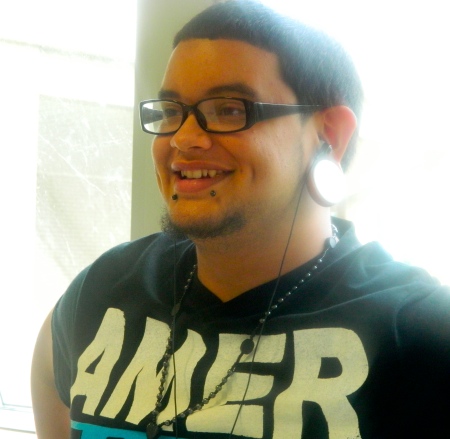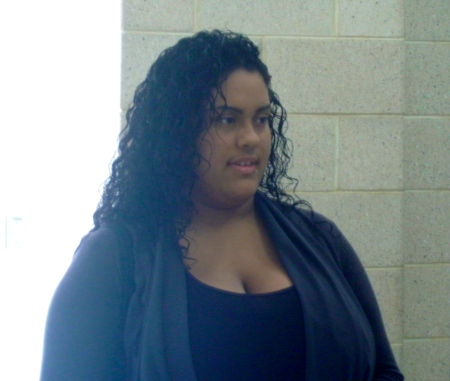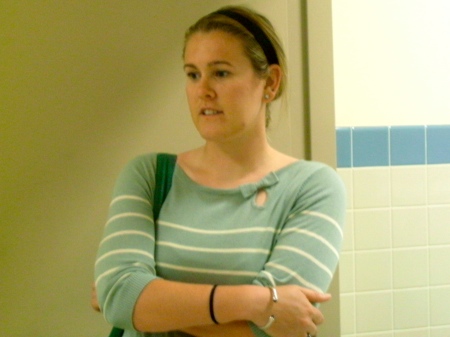By Morgan Fletcher –
“Oh, you only got in there because you’re Black.”
Under the surface, a number of people find themselves bitter about the principles of affirmative action.
According to the Stanford Encyclopedia of Philosophy, “affirmative action” means “positive steps taken to increase the representation of women and minorities in areas of employment, education, and business from which they have been historically excluded.”
America’s history is reflective of the struggles minorities and women have had over time. To reduce the discrimination, certain amendments and rights have been implemented in attempts to provide equal opportunities for all, regardless of race or gender.
The phrase “affirmative action” was first introduced in President John F. Kennedy’s 1961 Executive Order 10925. Kennedy required federal contractors to “take affirmative action to ensure that applicants are employed, and that employees are treated during employment, without regard to their race, creed, color, or national origin.” In 1967, Lyndon Johnson expanded the Executive Order to include women under the affirmative action requirements.
One of the most controversial aspects of affirmative action is the role it plays in college admissions.
In attempts to increase their minority representation, colleges have employed affirmative action to help match representation quotas.
This practice took form in the 1970s. One of the earliest incidents in which it caused controversy was the case of Allan Bakke.
Bakke, a white applicant, applied to the Medical School at the University of California at Davis, which reserved 16 of its 100 slots for the entering class each year to minority students.
Bakke applied to the school in 1973 and 1974, and both times was denied admission even though his test scores and grades were better than most accepted applicants.
Bakke sued, and his 1977 case, Regents of the University of California v. Bakke, is famous because of the decision the Supreme Court reached.
Four members of the court were in favor of Bakke’s argument, and four others were against it. It came down to Justice Powell, who was persuaded by members in favor of Bakke’s case. Thus, Bakke won his case and a door was opened that revealed the nation’s stake in the matter.
May 4th is a historic date in our nation’s history. The passengers known as the “Freedom Riders” just celebrated the 50th anniversary of their journey to the deep South. Their goal was to bring attention to race relations in the racially divided southern states. Instead, they were greeted by a lot of violence and hostility.
The courageous efforts of the riders showcased to the world the horrors of the racial segregation that embodied the South. Whites and Blacks were able to come together in a time when unity meant everything and differences in appearance could be set aside.
It is evident that divisions amongst the races are still present in our nation, however, as there has been a lot of opposition to policies like affirmative action, which are set in place to help eliminate segregation and unify everyone.
President Bill Clinton presented a speech about affirmative action on July 19, 1995. Based on his assertions in the speech, he is an advocate for affirmative action.
“The purpose of affirmative action is to give our nation a way to finally address the systemic exclusion of individuals of talent on the basis of their gender or race from opportunities to develop, perform, achieve and contribute,” Clinton stated. “Affirmative action is an effort to develop a systematic approach to open the doors of education, employment and business development opportunities to qualified individuals who happen to be members of groups that have experienced longstanding and persistent discrimination.”
Clinton cites the fact that at times, affirmative action is used too liberally and unjustly. He also cites the changes that have and are being made to help eliminate these problems.
”When affirmative action is done right, it is flexible, it is fair, and it works,” he stated.
Penn Manor history teacher Todd Mealy sides with Clinton’s notion that affirmative action is effective as it is a policy set in place to benefit individuals who have been excluded from certain opportunities over time. He also cites the fact that it never hurts to reform certain policies.
“Affirmative action is decades old. Most policies that are 40 or 50 years old need change,” Mealy said. “Affirmative action should still be a policy but should be shifted.”
Mealy asserts that affirmative action should focus more on socio-economics and levels of education, with a concentration on working class people.
His move to Penn Manor from the diverse School District of Lancaster was quite surprising, he remembers. In his first faculty meeting at Penn Manor, he remembers looking around and not seeing any variety among the faces.
He believes this should be changed.
“[Penn Manor’s] student body is changing, but the teaching staff is not,” said Mealy. “I think it would be a good idea for the district to start recruiting minority applicants.”
Mealy believes that beneficial connections can be made between faculty and students that look like them. He believes that affirmative action is not in place simply to fill the quota.
Hiram Martinez, Interim Assistant to the President for Social Equity and Diversity at Millersville University, could not agree with Mealy more. Martinez does not believe Millersville University focuses on affirmative action.
“I think the admissions office [at Millersville University] in general works very hard in making sure every freshman class engages with folks of underrepresented groups,” he said.
Martinez believes that rather than practicing affirmative action, the university effectively works to engage its students in activities with others who are not like them.
Rich Brenton, another history teacher at Penn Manor, is not a proponent of affirmative action.
“I understand it in principle, but I’m opposed to how it plays out,” Brenton said.
Brenton believes that our nation should never have gotten in the state of inequality that it has throughout history. He believes that everyone should have the same institutional opportunities and that academic rewards should be given based on merit.
“It’s really, really difficult to legislate equality,” he said. “All men should be created equal, but aren’t.”
Brenton believes that head start programs are better alternatives to affirmative action. He sees it to be more beneficial to find at-risk youth at a very early age and provide them with resources that enable them to be more accomplished and qualified later in life. He cites the fact that this idea will probably never happen, though, as change takes a lot of time to happen.
“We don’t want to commit to it,” said Brenton. “We’d rather put on Band-Aids at the end.”








































































 28. School nurse, Nancy Morrell defines living life to its fullest!! Extremely young at heart, Nancy promotes activism. She loves hiking, biking and basking in nature. She is very passionate about her hobbies. “It doesn’t cost anything to be out in the woods! It keeps you younger,” says Morrel.
28. School nurse, Nancy Morrell defines living life to its fullest!! Extremely young at heart, Nancy promotes activism. She loves hiking, biking and basking in nature. She is very passionate about her hobbies. “It doesn’t cost anything to be out in the woods! It keeps you younger,” says Morrel.






































